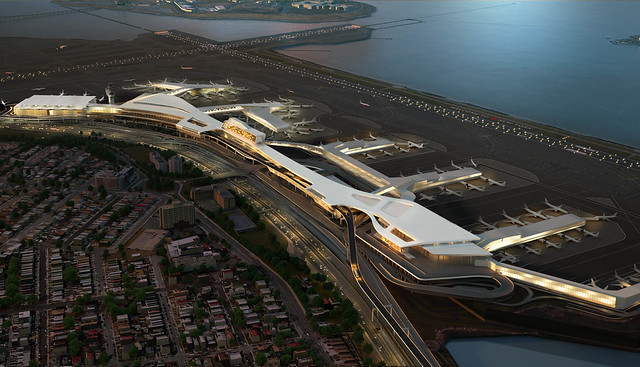
Change orders are just one of the reasons the Second Ave. Subway may miss its December opening date. (Via MTA)
For the MTA, this is the summer of the Second Ave. Subway. News has been slow around the transit space in New York City as the L train shutdown remains a concern, but still a few years off, and the next fare hike isn’t going to dominate headlines for a few more months. Meanwhile, the MTA is trying to open the Second Ave. Subway ahead of a self-imposed December deadline, but as we’ve heard every four weeks, the project is increasingly under pressure as deadlines slip and testing gears up.
During the monthly updates regarding the state of the project, we’ve often heard from the MTA’s engineering consultant on the agency’s change orders. The change orders are a rather technical element to this project, generally a part of a governance process in which one party has to request a change, and justify any associated costs, before the other party accepts and/or implements the change. It could be something as simple as staffing or as complex as a new design. With just six months to go before the long-awaited subway line is set to open, the pace of change orders should be slowing down, but instead, they seem to be steadily adding to the project’s obstacles.
Last week, The New York Post went behind the scenes on these COs, and while I have some questions in with the MTA regarding the details, here’s a snippet:
The Second Avenue subway delays have nothing to do with no-show workers — they’re the fault of the nitpicky MTA for demanding a staggering 2,500 design changes, a rep for the contractors said. Hardhats have even had to go back and rip up completed work on several occasions to satisfy the agency, General Contractors Association of New York Executive Director Denise Richardson told the agency’s board.
A recent delay came when the MTA demanded a new shade of concrete on the sidewalk outside the 86th Street station — after contractors had already installed the completed walkway for two blocks, she said. Contractors also had to tear down and rebuild station entrances, move a pump room three feet, and twice install the pipes for the fire-alarm system between the 72nd Street, 86th Street and 96th Street stations, Richardson said.
There are always changes on projects of this size, said Richardson, but not nearly this many — and they are typically made before work is completed.
I’ve heard from residents on the Upper East Side who have been told of the concrete shading issues by workers, and these residents, who have lived through years of unanticipated construction, tell me the whole is “getting old.” (Of course, once the subway opens, they’ll be a bit happier, but even now, these delays simply add to an unpleasant and long experience while chipping away at what little confidence residents may have had in the MTA.)
An MTA spokesman told The Post that “there are always inconsistencies that need to be addressed as part of the design process.” Yet, the MTA’s low-bid contracting process lends itself to a situation where change orders come to dominate the closing months of the process. It’s worse at Second Ave. where people live and work than it was with the 7 line at Hudson Yards, a relatively underdeveloped area, and now attention has shifted to the Upper East Side. The clock is ticking, and yet, shades of concrete are just one of many obstacles to completion.

























